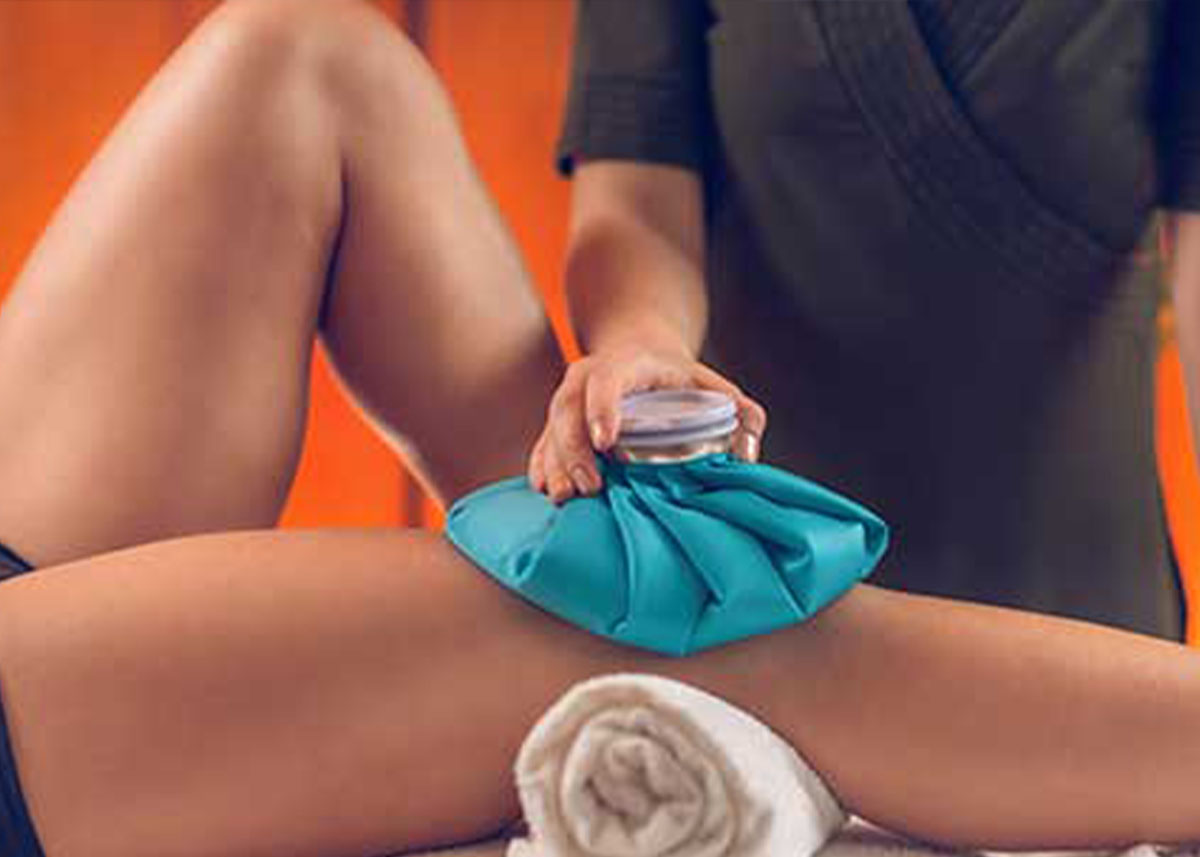
It’s hard to get through life without straining a muscle, spraining a ligament, suffering a headache or wrenching your back. And the longer you’re on the planet, the more susceptible you are to arthritis. When something hurts, will ice or heat make it feel better? Here’s what our experts advise:
In this infographic, our experts explain when to use ice, when to use heat and why:
- Sports injuries: “Ice seems cold, mean and uncomfortable. Heat seems warm, comfy and cozy,” says sports and exercise medicine physician Anne Rex, DO. “But ice wins for acute pain, inflammation and swelling. Heat perpetuates the cycle of inflammation and can be harmful.” Adds Sports Health physical therapist Carol Ferkovic Mack, DPT, SCS, CSCS: “Moist heat helps to loosen injured muscles before activity or stretching. Icing afterward can minimize pain.”
- Headaches: “Cold masks or wraps over the forehead, eyes and temples help the throbbing pain of a migraine,” says neurologist Jennifer Kriegler, MD. Ice is preferred, but heat wraps can halt neck spasms that contribute to headache.
- Arthritis: Heat wins for arthritis and injuries that linger more than six weeks. “Patients with more chronic osteoarthritis usually feel better with heat,” says rheumatologist Linda Mileti, MD. But for acute gout flares, she favors ice.
You can apply ice and heat in lots of ways. Our experts generally recommend up to 20 minutes on and 20 minutes off:
- Ice packs: Frozen peas or corn, ice cubes in a baggie or frozen gel pack. You can ice beyond 48 hours, until swelling, tenderness or inflammation are gone.
- Ice massage: Freeze water in a Dixie cup, peel back the top, and massage the tender area until it’s numb. (Best for targeted icing after injury or for areas too awkward for ice packs, like the elbow or heel).
- Cold masks: Place a cold mask, available at drugstores, over your eyes or lay a towel soaked in cold water over your forehead and temples.
- Moist heat: Enjoy a bath, shower, hot tub or whirlpool using warm, not hot, water (92-100°).
- Heat wraps: Drape a heat wrap, available at drugstores, around your neck like a scarf (great for work or travel).
- Heating pads: To avoid burns, remove heating pads if the area becomes uncomfortably warm.
Uncategorized
COMMENTS: No Comments
